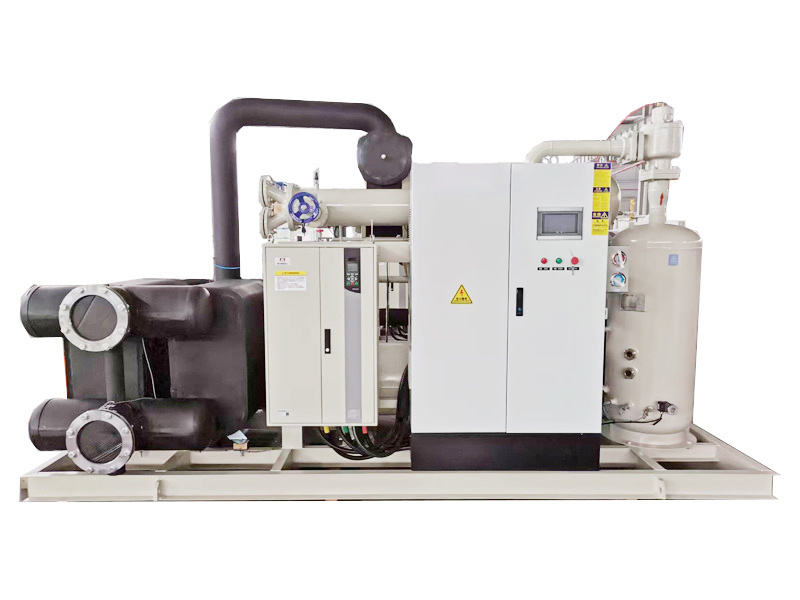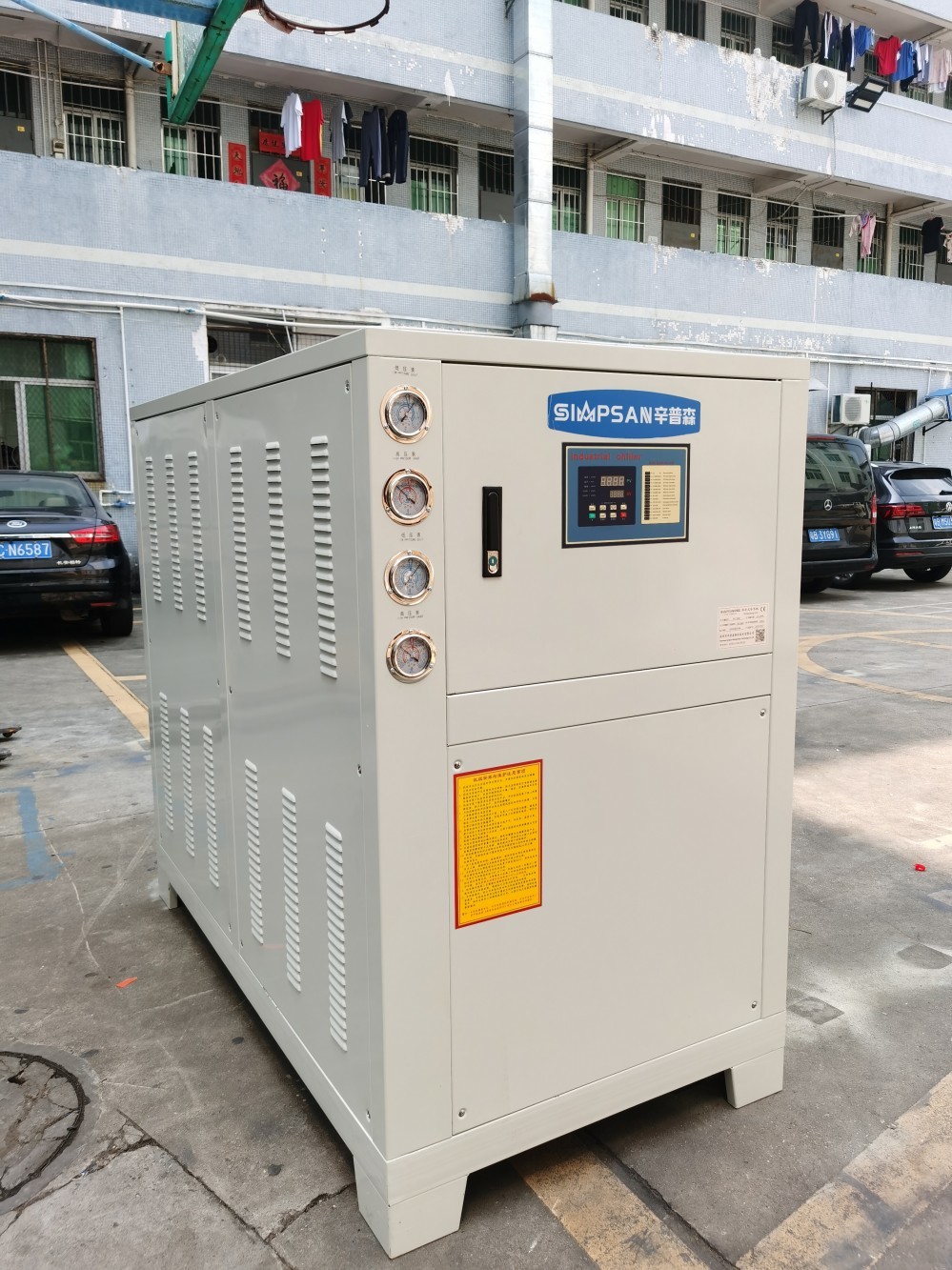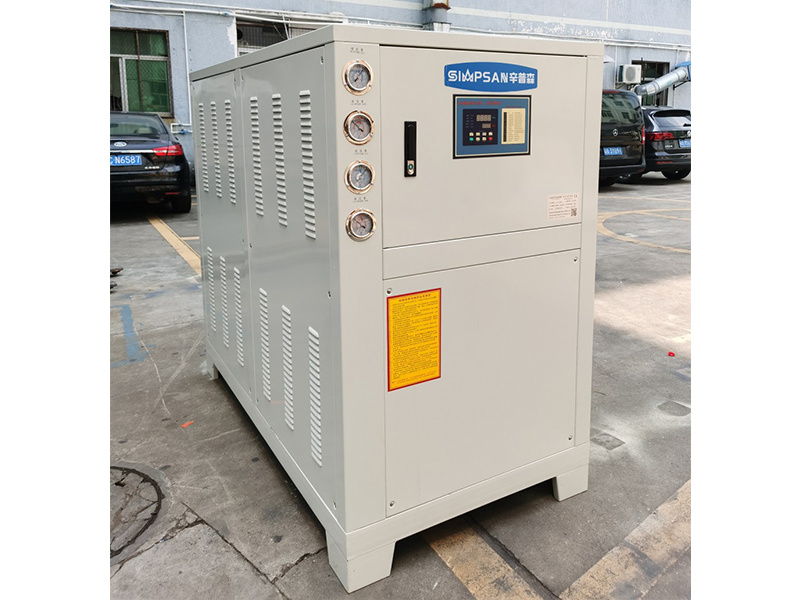How Water-Cooled Magnetic Levitation Chillers Enhance Industrial Efficiency
2025-07-07 13:20
How Water-Cooled Magnetic Levitation Chillers Enhance Industrial Efficiency
Table of Contents
1. Introduction to Water-Cooled Magnetic Levitation Chillers
2. Understanding the Technology Behind Magnetic Levitation
2.1 Principles of Magnetic Levitation
2.2 Components of Water-Cooled Chillers
3. Benefits of Using Water-Cooled Magnetic Levitation Chillers
3.1 Energy Efficiency and Cost Savings
3.2 Reduced Environmental Impact
3.3 Increased Reliability and Maintenance Advantages
4. Applications in Various Industries
4.1 Manufacturing Facilities
4.2 Data Centers
4.3 Pharmaceutical and Chemical Processing
5. Comparing Water-Cooled Magnetic Levitation Chillers with Traditional Chillers
6. Key Considerations Before Implementation
7. Future Trends in Industrial Chilling Solutions
8. FAQs about Water-Cooled Magnetic Levitation Chillers
9. Conclusion
1. Introduction to Water-Cooled Magnetic Levitation Chillers
In industries where temperature regulation is critical, **water-cooled magnetic levitation chillers** stand out as a game-changing technology. These advanced cooling systems utilize magnetic levitation technology to offer superior efficiency and reliability. With various applications, from manufacturing to data centers, they are becoming the cooling solution of choice for forward-thinking organizations.
2. Understanding the Technology Behind Magnetic Levitation
To appreciate the advantages of water-cooled magnetic levitation chillers, it’s essential to understand how they operate.
2.1 Principles of Magnetic Levitation
Magnetic levitation, or maglev, is a technology that uses magnetic fields to lift and propel objects without physical contact. This principle drastically reduces friction, allowing for smoother operation and less wear over time. In chillers, magnetic bearings replace traditional mechanical bearings, resulting in increased efficiency and reduced maintenance.
2.2 Components of Water-Cooled Chillers
Key components of water-cooled magnetic levitation chillers include:
- **Compressor**: The heart of any chiller, which circulates the refrigerant.
- **Evaporator**: Where the refrigerant absorbs heat and turns into gas.
- **Condenser**: Where the refrigerant releases heat and returns to a liquid state.
- **Magnetic Bearings**: Eliminate the need for lubricants and reduce mechanical wear.
Together, these components create a system capable of precise temperature control with minimal energy consumption.
3. Benefits of Using Water-Cooled Magnetic Levitation Chillers
As industries continue to seek efficiency and sustainability, the benefits of water-cooled magnetic levitation chillers are increasingly evident.
3.1 Energy Efficiency and Cost Savings
One of the most significant advantages of magnetic levitation chillers is their energy efficiency. By reducing friction, they consume considerably less energy than traditional chillers. This efficiency translates to lower electricity bills and a quicker return on investment (ROI). Industrial facilities can expect a marked reduction in their operational costs.
3.2 Reduced Environmental Impact
With global emphasis on sustainability, utilizing energy-efficient systems is essential. Water-cooled magnetic levitation chillers not only reduce energy consumption but also minimize greenhouse gas emissions. Many of these chillers are designed to use environmentally friendly refrigerants, further contributing to a lower carbon footprint.
3.3 Increased Reliability and Maintenance Advantages
Traditional chillers often require regular maintenance due to their mechanical components. However, the absence of physical contact in magnetic levitation systems means fewer maintenance requirements. This reliability minimizes downtime and ensures continuous operation, which is crucial for industries that depend on consistent temperature control.
4. Applications in Various Industries
Water-cooled magnetic levitation chillers find application across diverse sectors, showcasing their versatility and efficiency.
4.1 Manufacturing Facilities
In manufacturing, maintaining precise temperatures is vital for product quality. Water-cooled magnetic levitation chillers provide the stability that manufacturers need, whether in process cooling, equipment cooling, or climate control in production areas.
4.2 Data Centers
Data centers are notorious for their high energy consumption, largely due to cooling demands. By implementing magnetic levitation chillers, data centers can significantly reduce energy costs while ensuring optimal temperatures for sensitive servers and equipment.
4.3 Pharmaceutical and Chemical Processing
In the pharmaceutical and chemical sectors, strict temperature regulations are necessary for product integrity. Water-cooled magnetic levitation chillers offer the precision and reliability required to maintain these conditions, minimizing the risk of product spoilage.
5. Comparing Water-Cooled Magnetic Levitation Chillers with Traditional Chillers
When evaluating cooling solutions, it's essential to compare the benefits and drawbacks of water-cooled magnetic levitation chillers against traditional options.
- **Efficiency**: Magnetic levitation chillers consistently outperform traditional systems in energy efficiency.
- **Maintenance**: The reduced wear and tear of magnetic systems result in lower maintenance needs compared to traditional chillers.
- **Cost**: While the initial investment may be higher for magnetic levitation chillers, the long-term savings in energy and maintenance often outweigh the upfront costs.
6. Key Considerations Before Implementation
Before transitioning to water-cooled magnetic levitation chillers, companies should assess several factors:
- **Initial Investment**: Budgeting for the initial costs, including installation.
- **Facility Infrastructure**: Ensuring that the existing facility can accommodate the new chillers.
- **Energy Needs**: Evaluating current energy consumption and future cooling requirements.
- **Vendor Selection**: Choosing a reliable supplier with a proven track record in chillers.
7. Future Trends in Industrial Chilling Solutions
As technology progresses, the future of industrial chilling solutions looks promising. Innovations such as IoT integration for real-time monitoring and predictive maintenance are on the horizon. Additionally, improvements in refrigerants and energy recovery systems will further enhance the efficiency of water-cooled magnetic levitation chillers.
8. FAQs about Water-Cooled Magnetic Levitation Chillers
Q1: What makes magnetic levitation chillers different from traditional chillers?
A1: Magnetic levitation chillers use magnetic bearings to eliminate friction, reducing energy consumption and maintenance needs compared to traditional chillers.
Q2: Are water-cooled magnetic levitation chillers more expensive?
A2: While the initial investment may be higher, the long-term savings in energy and maintenance often make them more economical over time.
Q3: What industries benefit the most from magnetic levitation chillers?
A3: Industries such as manufacturing, data centers, and pharmaceuticals greatly benefit from the precision and efficiency of these chillers.
Q4: How can companies ensure a smooth transition to using these chillers?
A4: Companies should assess their energy needs, facility infrastructure, and budget while collaborating with experienced vendors for installation.
Q5: What future developments can we expect in chiller technology?
A5: Future trends include advanced IoT integration for monitoring, improved energy recovery systems, and continued enhancement of refrigerant technologies.
9. Conclusion
In conclusion, water-cooled magnetic levitation chillers represent a significant advancement in industrial cooling technology. Their energy efficiency, reliability, and reduced environmental impact make them an attractive option for modern industries looking to enhance operational efficiency. As the demand for sustainable solutions grows, adopting these innovative chillers will not only fulfill immediate cooling needs but also contribute to long-term sustainability goals. Companies that invest in this technology today will be better positioned to thrive in an increasingly competitive and eco-conscious marketplace.
Previous: Understanding Variable Frequency Centrifugal Chillers: Enhancing Efficiency in Industrial Cooling
More Information
2025-10-13
Understanding the Benefits of a Double-Stage Low Temperature Chiller: A Comprehensive Guide
Understanding the Benefits of a Double-Stage Low Temperature Chiller
Table of Contents
What is a Double-Stage Low Temperature Chiller?
How Does a Double-Stage Low Temperature Chiller Work?
Key Benefits of Double-Stage Low Temperature Chillers
1. Energy Efficiency
2. Enhanced Performance
3. Reduced Operational Costs
4. Better Env
2025-10-06
Understanding the Benefits and Functionality of Double-Stage Low Temperature Chillers
Double-stage low temperature chillers are sophisticated cooling systems that provide efficient temperature control across various industrial applications. These chillers are designed to cool fluids to significantly lower temperatures than typical single-stage systems, making them indispensable in processes that require precise thermal management. In this article, we will delve into the functionali
2025-09-29
The Impact of Air-Cooled Low Temp Freezer Units on Product Longevity
The Impact of Air-Cooled Low Temp Freezer Units on Product Longevity
Table of Contents
Introduction to Air-Cooled Low Temp Freezer Units
Understanding Product Longevity in Refrigeration
Key Benefits of Air-Cooled Low Temp Freezer Units
Applications of Air-Cooled Low Temp Freezer Units Across Industries
Technical Specifications and Performance Metrics
Maintenance Best Practices for Opt
2025-09-22
Air-cooled low temp freezer units are vital components in various industrial applications where efficient temperature control is necessary. These units are designed to maintain low temperatures, often below freezing, making them ideal for storing sensitive materials, such as pharmaceuticals, biological specimens, and perishable goods. In this article, we will delve into the operational principles,
2025-10-13
Understanding the Benefits of a Double-Stage Low Temperature Chiller: A Comprehensive Guide
Understanding the Benefits of a Double-Stage Low Temperature Chiller
Table of Contents
What is a Double-Stage Low Temperature Chiller?
How Does a Double-Stage Low Temperature Chiller Work?
Key Benefits of Double-Stage Low Temperature Chillers
1. Energy Efficiency
2. Enhanced Performance
3. Reduced Operational Costs
4. Better Env




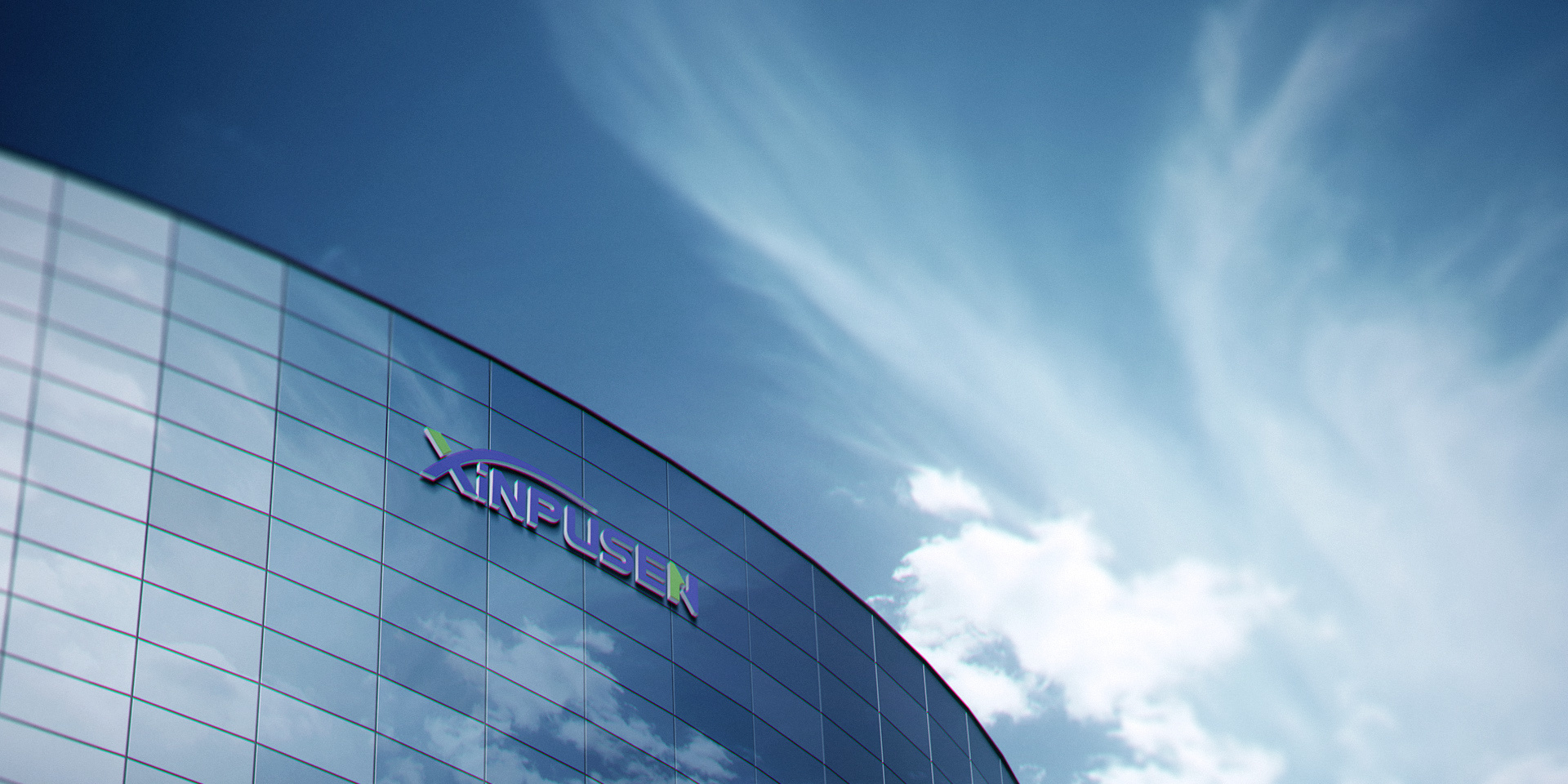

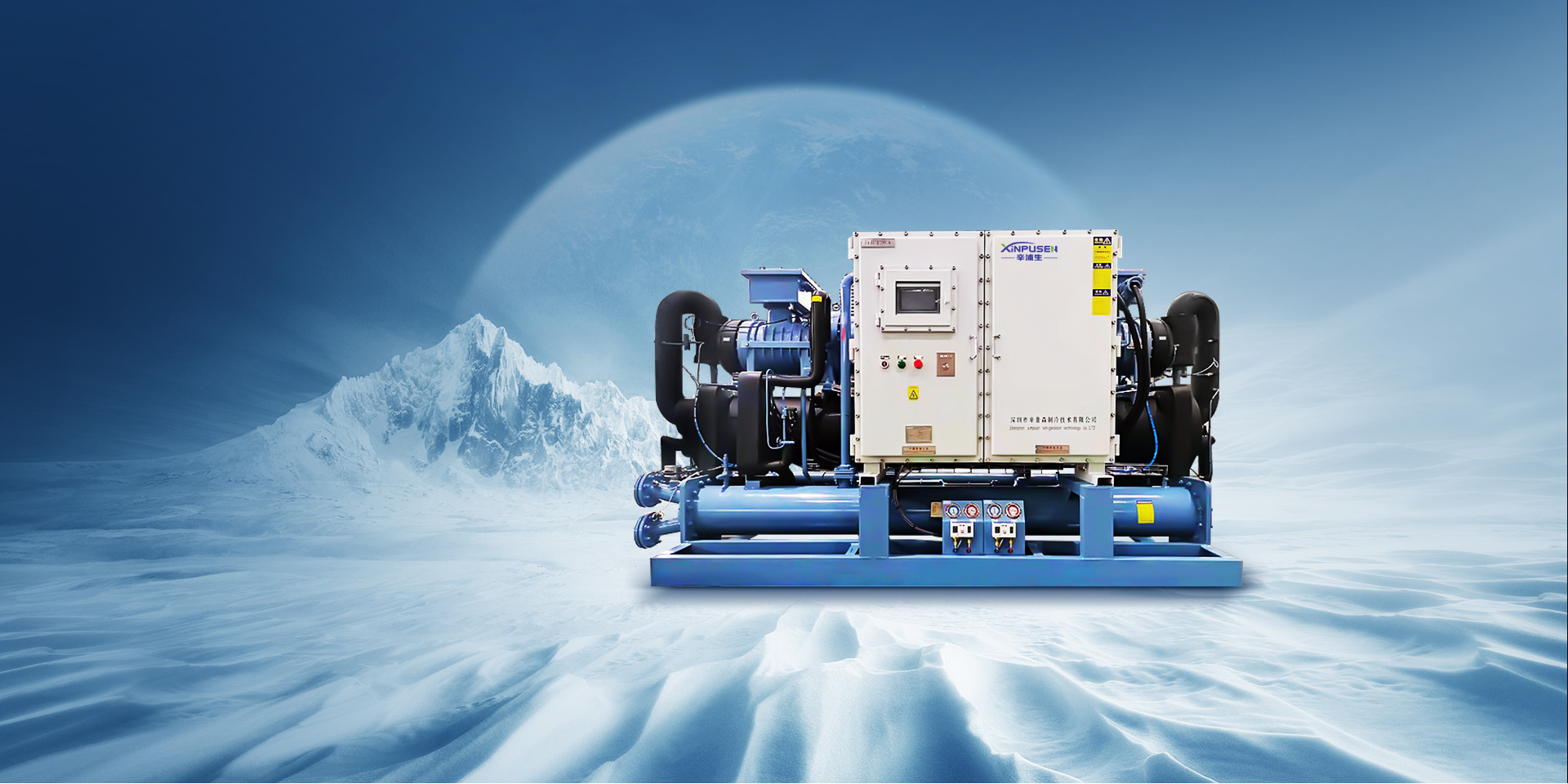
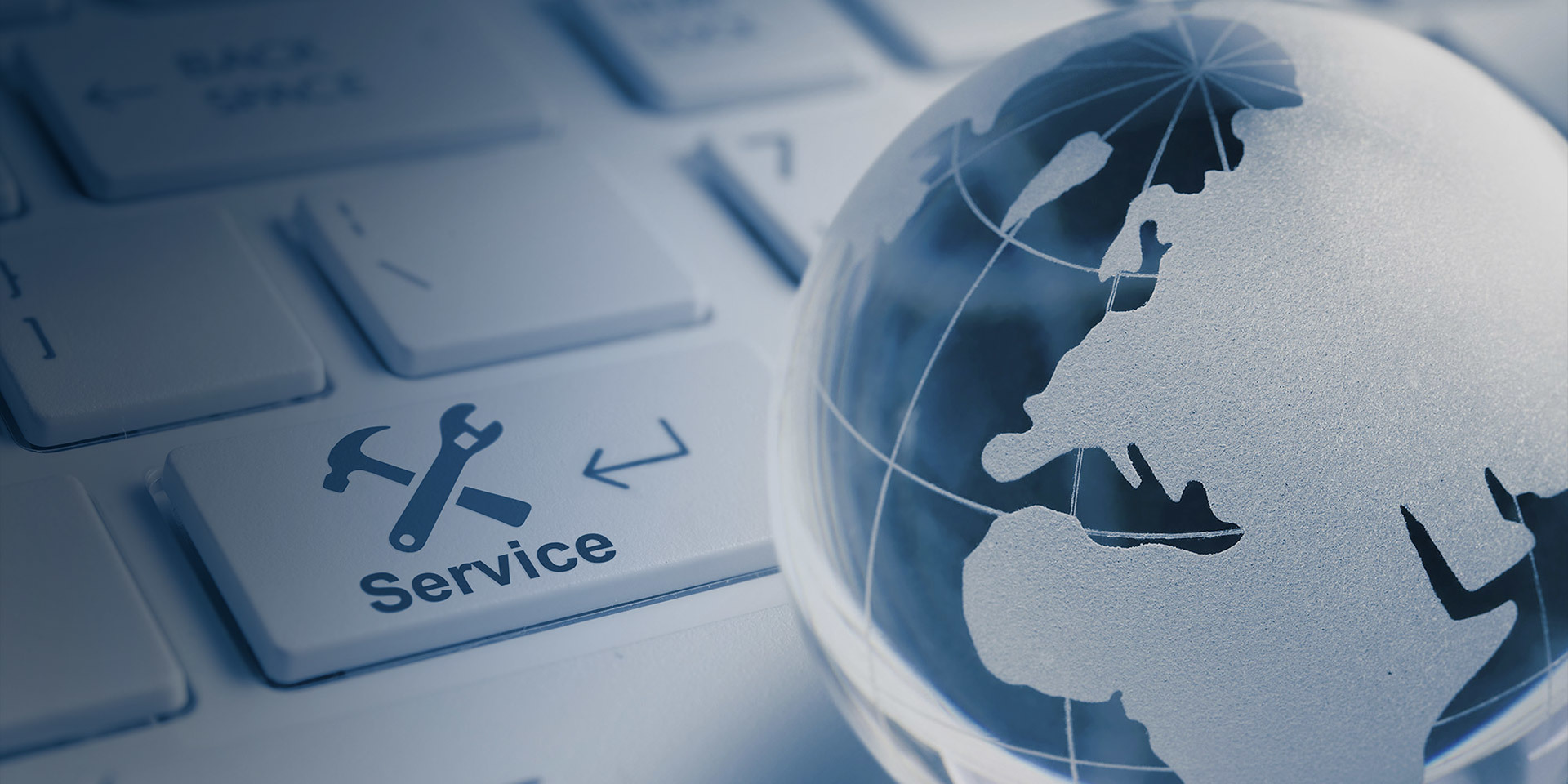

 CN
CN EN
EN